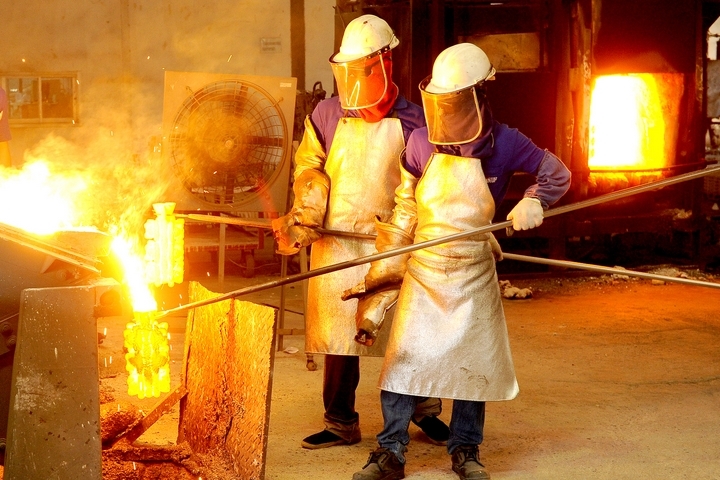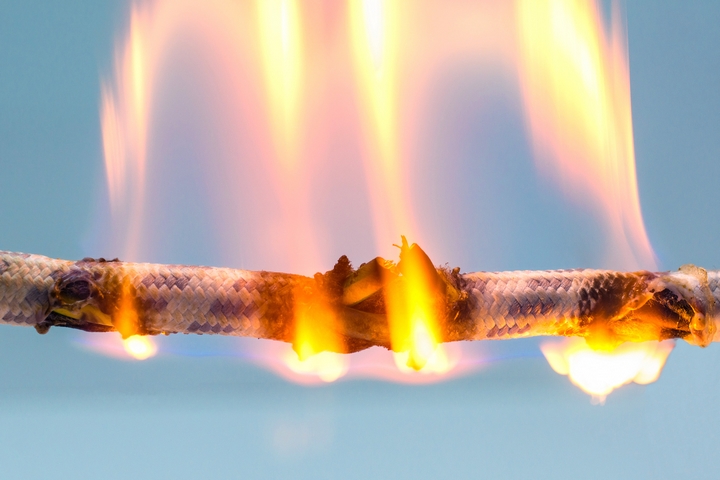
Most machinery and products are created in environments with fairly neutral temperatures. Often, a neutral environment is where those items will be primarily used. However, there are some situations where the effect of temperature on materials needs to be taken into special consideration.
Due to the effects that occur when certain materials are subjected to severe temperatures, it is important to have a deeper understanding so as to warn users and manufacturers of any dangers that may occur as a result of the material choice.
Here are the different effects of temperature on materials:
1. Heat temperature

Typically, heat makes things softer and more malleable. Heat causes the molecules in the material to vibrate more quickly than at cooler temperatures. It will decrease the brittleness of some materials, and will cause the material to expand.
Some materials will expand by a greater amount, or will expand more quickly than others. The selection of heat resistant materials is so important when high levels of heat may be applied, or when the temperature is going to fluctuate between neutral and extremely high temperatures.
Some materials are ideal for certain uses, but do not naturally have the capability to withstand the temperatures to which they will be subjected. As an alternative to trying to use a different material, there are several methods of heat treatment that can be used to increase the metal’s ability to withstand heat. Tempering, normalising, hardening, and annealing are four such methods.
Effect of heat temperature on materials
When creating machinery or products, it is important to take into consideration the temperatures that they will be subjected to. Think of an older stove, the ones with the metal coils that conducted heat.
Newer stoves don’t typically have these anymore, but those elements had to be made of a material that would conduct heat properly, while not becoming too soft as a result. Because of the ways in which we use stoves, it was important that they would be durable and stable, so as not to cause a danger to the everyday user.
2. Cold temperature

Cold temperatures react in exactly the opposite way as hot temperatures. The molecules in the material will slow down as a result, and the material will contract. This will cause it to become harder, but may also cause it to become more brittle as a result. This is why it is important to ensure that the material selected can manage the load it is expected to handle when subjected to cold temperatures, without snapping or breaking.
Effect of cold temperature on materials
Have you ever ridden on a ski lift? A lot of materials are being used in an environment that is primarily subjected to cold temperatures. At warmer temperatures, the lifts are typically not being used.
It certainly wouldn’t look too good for the ski hill if they had frequent breakdowns or accidents as a result of faulty materials on their chair lifts during the winter ski season. This is an everyday example of a situation where the selection of material must be based primarily on the way the materials will react to cold temperatures.
3. Electrical temperature

The effect of temperature is extremely important in creating a well-conducted electrical current. Because the speed of the electrons in an electrical connection is affected by the temperature, the connection itself will be affected depending on the temperature of the materials.
Effect of electrical temperature on materials
Solar panels are designed to turn the sun’s heat energy into usable electrical energy. There are, of course, ideal conditions for this process, but we haven’t exactly figured out how to force the weather to do our bidding just yet. As a result, the materials that solar panels are made of are really important in making sure that they can effectively manage and conduct electricity in a variety of different weather conditions.
4. Magnetic temperature

Ferromagnetic materials such as iron, cobalt, and nickel will become less magnetic when subjected to heat. When it comes to the magnetic function of ferromagnetic materials, the Curie temperature comes in very handy. Once a material reaches the Curie temperature, it will lose its magnetic abilities forever, or at least some of them.
A very strong magnet may become less magnetic, but not completely demagnetized. The Curie temperature is different for every material, but is essentially the point at which the atoms are moving too quickly to align. Alignment of the atoms is what makes something magnetic. Once those atoms are out of alignment, they may not be able to go back.
Effect of magnetic temperature on materials
If you need to strengthen a magnet for any reason, try cooling it down. Just as heat demagnetizes the material, the cold will magnetize it even more. As long as the magnet has not been subjected to its unique Curie temperature already, the cold temperature will help to tighten up the atoms in the magnet, aligning them better and therefore creating a stronger magnetic pull.